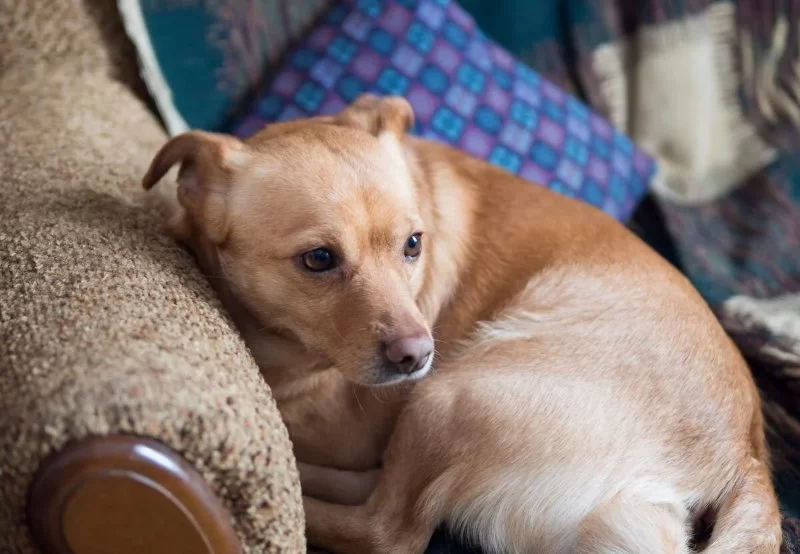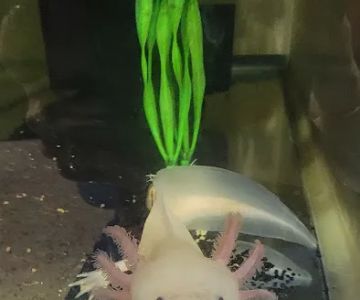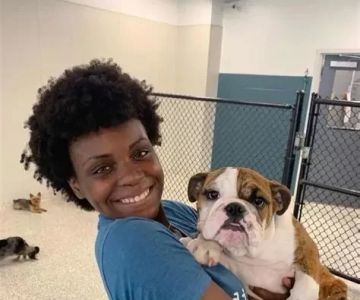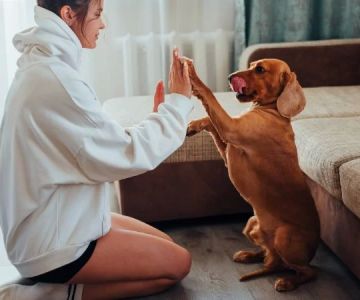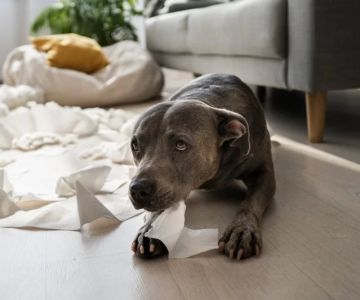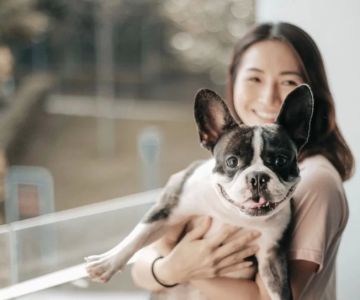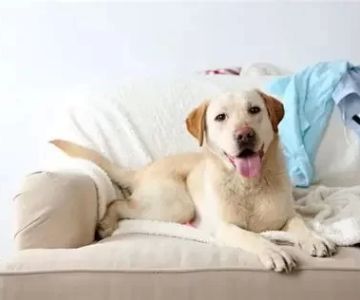How to Ease Pet Anxiety with a Consistent Routine
1. Understanding Pet Anxiety: What It Really Means
Pet anxiety is a common issue that many pet owners face. Whether it's caused by separation, loud noises, or new environments, anxiety can manifest in various ways, from destructive behavior to excessive barking or meowing. Understanding your pet's anxiety is the first step in easing their stress.
Pets are creatures of habit. They find comfort in knowing what to expect, and a sudden change in their daily routine can trigger feelings of insecurity. This is why establishing a consistent routine is so important for managing pet anxiety. A predictable environment helps your pet feel safe and secure, minimizing anxiety triggers.
2. How a Consistent Routine Can Help
Consistency is key when it comes to managing pet anxiety. A predictable daily routine helps your pet understand what to expect and when. Whether it’s feeding time, playtime, or walks, sticking to a consistent schedule provides structure and security for your pet.
Imagine a dog that is unsure of when it will be fed or walked. This uncertainty can cause anxiety, leading to behaviors such as whining or pacing. However, when that same dog knows exactly when to expect meals and exercise, it helps reduce stress and gives them a sense of stability.
3. Setting Up a Daily Schedule for Your Pet
To create a consistent routine, start by scheduling your pet's daily activities. For example, you can set fixed times for:
- Feeding: Feed your pet at the same time every day. This predictability can help regulate their internal clock.
- Walks and Exercise: A regular walk at the same time each day provides structure and helps manage any excess energy that could contribute to anxiety.
- Playtime: Regular playtime helps your pet release pent-up energy and strengthens your bond with them.
- Rest and Relaxation: Ensure that your pet has a quiet, comfortable space for rest at the same time each day, signaling it’s time to unwind.
By following a structured schedule, you help your pet anticipate what comes next, which alleviates feelings of uncertainty and anxiety.
4. Creating a Calm Environment for Your Pet
A consistent routine is just one part of the solution. Equally important is the environment in which your pet lives. Here are a few tips for creating a calm and supportive space:
- Safe Space: Provide a designated area where your pet can retreat to when they feel overwhelmed. This could be a cozy bed, crate, or quiet room where they can relax in peace.
- Soothing Sounds: Play soft music or use white noise machines to drown out loud noises that might trigger anxiety.
- Comfort Items: Familiar items, like a favorite blanket or toy, can help comfort your pet during stressful times.
These changes help create an environment where your pet feels safe, which complements the calming effects of a consistent routine.
5. Real-Life Story: Helping Max Overcome Separation Anxiety
Max, a five-year-old Golden Retriever, struggled with separation anxiety. Every time his owner, Sarah, left for work, Max would bark excessively, chew on furniture, and even have accidents inside the house. Sarah decided to implement a more consistent routine, including regular walk times, set feeding schedules, and designated play sessions in the evening.
Over time, Max became more relaxed, knowing when Sarah would be home, when his walks would happen, and when his meals were coming. The routine gave him something to look forward to, and he felt more secure. Gradually, Max’s anxiety lessened, and Sarah noticed a significant improvement in his behavior.
6. The Role of Training in Easing Pet Anxiety
Training is an essential part of reducing anxiety. By teaching your pet basic commands and routines, you provide them with clear expectations of what is expected. Positive reinforcement, such as treats and praise, is key to encouraging calm behavior.
Simple commands like “sit” or “stay” help reinforce a sense of control and security. For anxious pets, obedience training can be therapeutic, giving them a sense of accomplishment and control over their environment.
7. Supplements and Natural Remedies for Pet Anxiety
In addition to a consistent routine, some pet owners turn to supplements or natural remedies to help ease anxiety. Products like calming pheromone diffusers, anxiety wraps, and herbal supplements (like valerian root or chamomile) can support your pet’s relaxation. However, it’s important to consult with a veterinarian before introducing any new products to your pet’s routine.
8. When to Consult a Veterinarian
If your pet’s anxiety persists despite implementing a consistent routine, it may be time to consult a veterinarian. Chronic anxiety can sometimes be a sign of an underlying health issue, such as a thyroid problem or other medical conditions. A veterinarian can help diagnose the issue and suggest further treatment options, such as medications or behavioral therapy.
9. Conclusion: The Power of Routine in Managing Pet Anxiety
While anxiety in pets is common, a consistent routine can work wonders in easing their stress. By establishing predictable schedules for meals, exercise, and relaxation, you can help your pet feel more secure and comfortable in their environment. Remember, patience and consistency are key, and if needed, don’t hesitate to seek professional guidance from a veterinarian.
If you’re looking for expert advice or personalized treatment options for your anxious pet, visit Hidden Brook Veterinary to find the right solutions for your furry friend.

